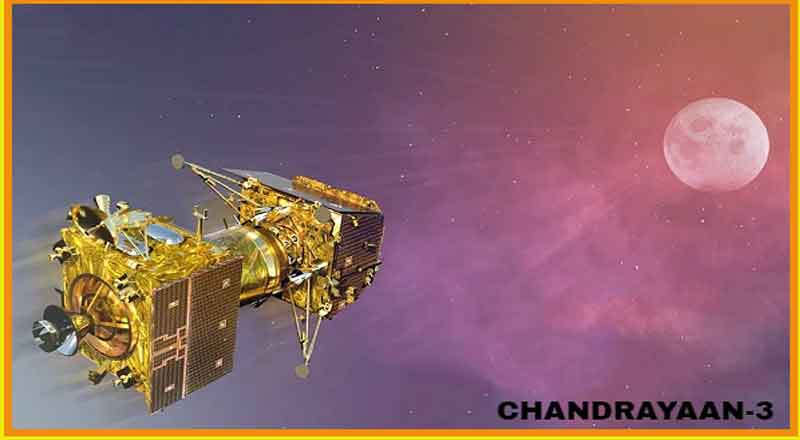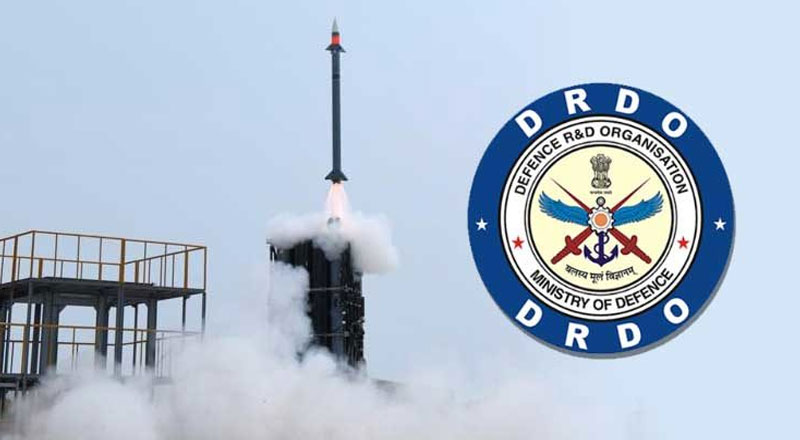- India’s ambitious moon mission Chandrayaan-3 successfully completed its fifth and final lunar-bound orbit maneuver.
- Chandrayaan-3’s Vikram lander is scheduled to separate from the spacecraft’s propulsion module today.
- The lander and rover, Pragyaan, are expected to land on the Moon on August 23.
- Once on the Moon, the Vikram lander will photograph the Pragyaan rover, which will deploy its instruments to study seismic activity on the lunar surface.
- Chandrayaan-3 was launched into space by the LVM3 rocket from the Satish Dhawan Space Centre in Sriharikota on July 14.
- On the other hand, Russia’s lunar spacecraft entered the moon’s orbit on Wednesday, a soft landing on the lunar south pole planned for Aug. 21.
India’s ambitious moon mission Chandrayaan-3 successfully completed its fifth and final lunar-bound orbit maneuver yesterday, bringing its spacecraft even closer to the surface of the Moon. Having completed all of its lunar-bound maneuvers, the spacecraft will now prepare to separate the Vikram lander from the propulsion module.
Chandrayaan-3’s Vikram lander is scheduled to separate from the spacecraft’s propulsion module today. The lander and rover, Pragyaan, are expected to land on the Moon on August 23. Once on the Moon, the Vikram lander will photograph the Pragyaan rover, which will deploy its instruments to study seismic activity on the lunar surface.
Chandrayaan-3 was launched into space by the LVM3 rocket from the Satish Dhawan Space Centre in Sriharikota on July 14. The spacecraft entered lunar orbit on August 5 and is expected to land on the Moon on August 23. Yesterday, ISRO successfully placed the Chandrayaan-3 spacecraft into a circular orbit of 153 kilometers by 163 kilometers around the Moon, completing all lunar-bound maneuvers.
After the Vikram lander separates from the spacecraft, the propulsion module will continue its journey in the same orbit. Then on August 23, the Vikram lander will attempt a soft landing on the Moon’s surface. The lander Vikram will photograph the rover Pragyaan which will use its laser beams to melt a piece of the lunar surface, called regolith, and analyze the gases emitted in the process.
On the other hand, Russia’s lunar spacecraft entered the moon’s orbit on Wednesday, a major step towards the country’s ambition of being the first to land on the moon’s south pole in the search for frozen water, Russia’s space corporate Roskosmos said.
Luna-25 will circle the moon, the Earth’s only natural satellite, for around 5 days, then change course for a soft landing on the lunar south pole planned for Aug. 21.
The Luna-25, which is roughly the size of a small car, will aim to operate for a year on the south pole, where scientists at NASA and other space agencies in recent years have detected traces of frozen water in the craters. The presence of water on the moon has implications for major space powers, potentially allowing longer human sojourns on the planet that would enable the mining of lunar resources.
(With inputs from agencies)





